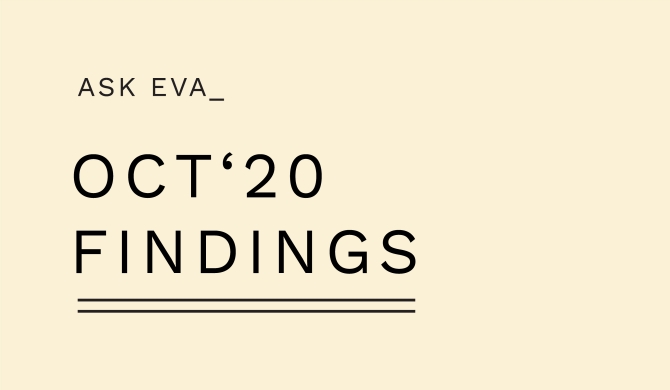Ask Eva: March Findings on Shopping for Sex Toys
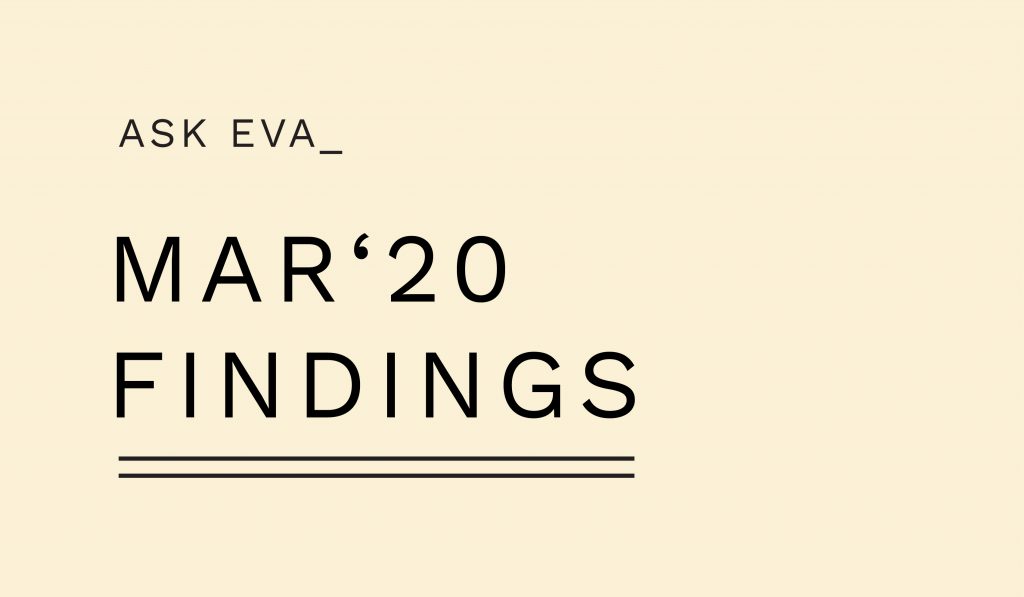
Ask Eva March Survey Findings - Sex Toy Shopping Experiences
First of all, I want to give a huge thank you to everyone who took the time out of their day to participate in the sex research (ish) process!
Research relies on people sharing their time, opinions, and experiences so that we can better understand the world of sexuality and sexual health. We had 203 respondents - 79.4% women, 13.1% non-binary people, and 7.5% men, with 10% of participants identify as trans.
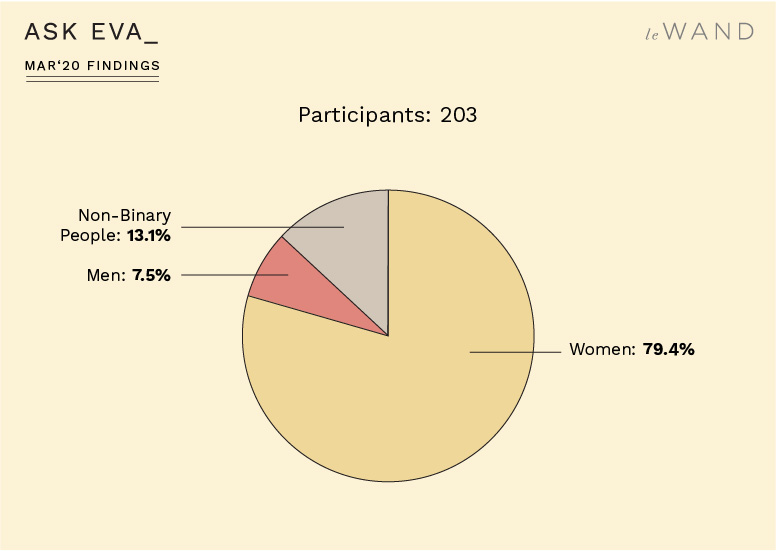
In terms of relationship status, the Rumble & Buzz community is almost evenly split, with 42.2% single or casually dating and 57.8% participants either in a relationship, engaged or married. Our last demographic item was on sexual orientation, with over half (54.8%) of respondents indicating that they were part of the LGBTQ+ community.
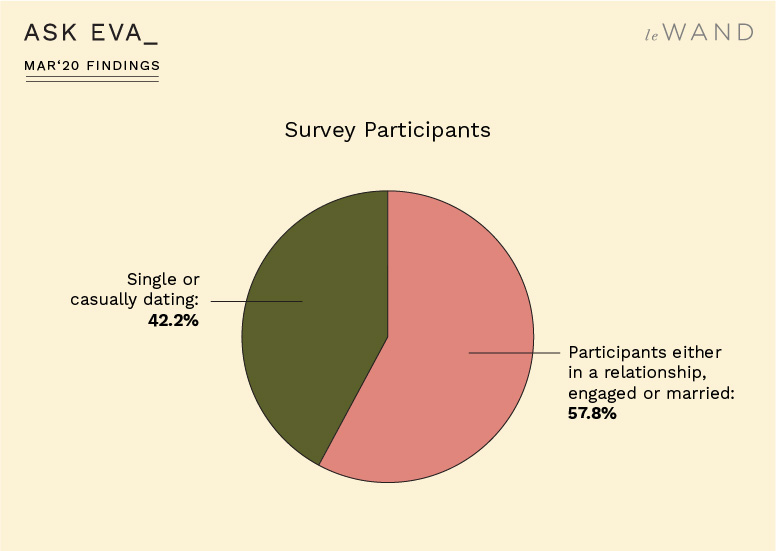
Now, let’s talk about sex toy retailing. Overall, most people said they never or rarely felt unwelcome when shopping for sex toys (52.8%). However, a large minority said they felt unwelcome sometimes (39.7%), with the smallest proportion indicating that they felt unwelcome always or most of the time (7.5%). This supports previous research on the cultural shift in sex toy retailing.
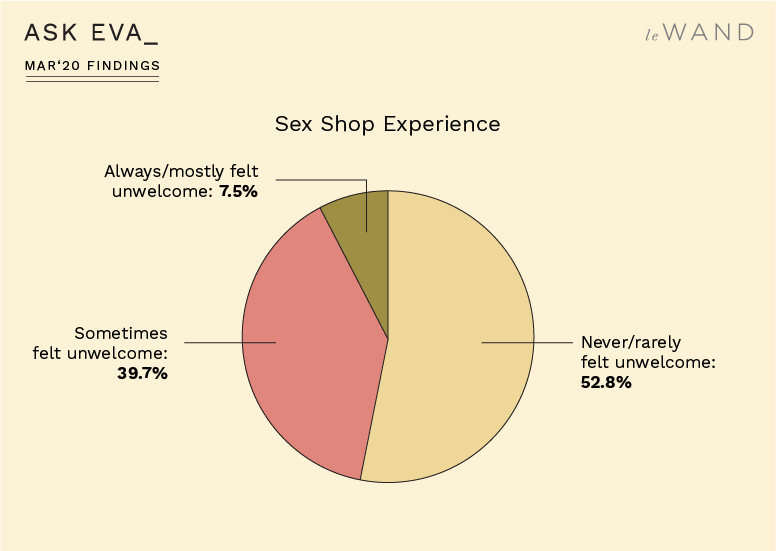
I would hope that if you are on this amazing sex toy newsletter that you have had lots of positive sex toy shopping experiences! However, the near 42% of participants who felt unwelcome sometimes shows that there is still work to be done. Sex toys should be for everyone!
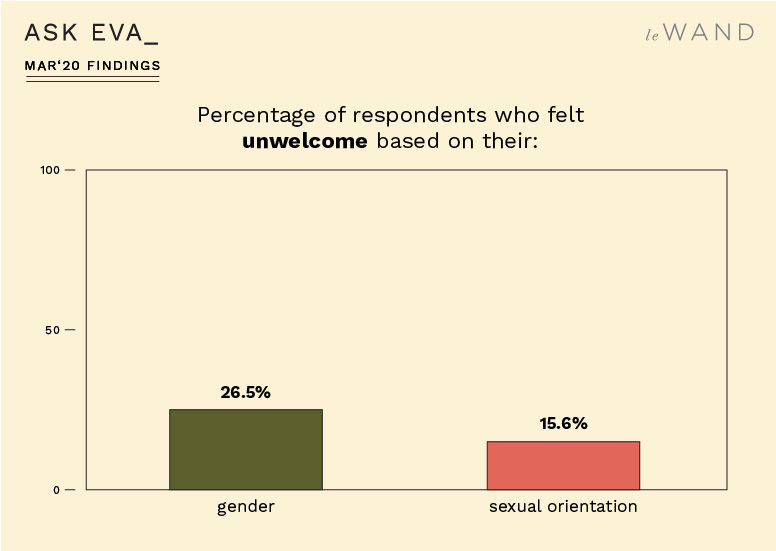
How did that break down in terms of gender and sexual orientation? Overall most people did not feel unwelcome when shopping for sex toys because of their gender (74.4%) or sexual orientation (83.4%).
Again, this is very affirming for all the sex toy stores out there (like Le Wand!) working hard to make sure you feel like sex toys are made with you in mind. Nonetheless, there were still almost a third of participants who felt unwelcome when shopping for sex toys because of their gender (26.5%) and 15.6% who felt unwelcome because of their sexual orientation.
Let’s dive into the potential WHYs of this discomfort. The survey asked about a variety of potential unpleasant shopping experiences related to the cisheteropatriarchy - if participants had seen any gross packaging, marketing, products. Turns out yes you have!
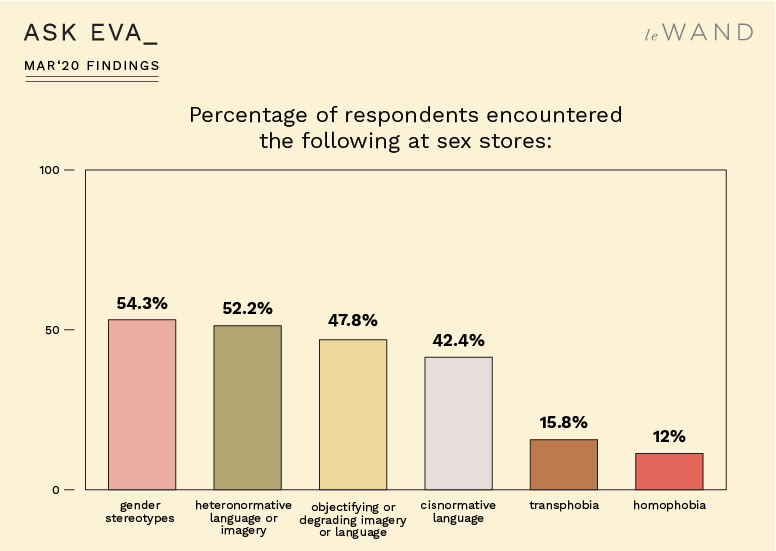
Around half of respondents had encountered objectifying or degrading language/imagery (47.8%), gender stereotypes (54.3%), heteronormative language or imagery (52.2%) or cisnormative language (42.4%) when shopping for sex toys. Half of you!!! If anything screams “sex toy retailing has a long way to go in making spaces welcoming for women and queer people” - this is it!
You also shared lots of examples of these in your “number one pet peeves when sex toy shopping”!
In terms of gender stereotypes, one respondent said: “that there is still stigma around women experiencing pleasure” and another cited a pet peeve as the “over feminizing [of] products”.
You called out heteronormative language as well, saying “heterosexual (or just gendered in general) packaging, « his and hers » sets, terms that objectify different genders or ethnicities…” and that “it’s made for straight people only”.
In terms of cisnormative language, you share some great insights. For example, one participant wrote “gendered sex toys! Stop labeling them for women and men!! Such a turn off!”. Several participants also noted the lack of sex toys made with trans bodies in mind, saying “I [feel] that a lot of toys don’t take the trans body into consideration, especially when one is pre-op.” and noting that there is “so little trans focused variety”.
You mentioned other experiences of oppression as well, including fatphobia, ableism, and racism. It is clear that all systems of oppression impact the sex toy shopping experience.
With regards to more blatant homophobia or transphobia, the numbers were lower 12% for homophobia and 15.8% for transphobia, but this is still too high.
This may be evidence that blatant discrimination is no longer welcome in sex toy retailing, but subtler forms of discrimination shouldn’t be welcomed either.
The last quantitative questions were regarding how long it took individuals to find a sex toy store made with them in mind. On average on took 5 years for respondents to find a sex toy store made with them, 10 saying they hadn’t found it yet! 5 years is too darn long, but considering that sex toy stores have only recently shifted to a more women and queer-friendly approach, it isn’t overly surprising.
Once again, a big thank you again to everyone who participated in March’s Ask Eva survey! I and everyone at the Le Wand team are so excited and grateful for you in supporting this initiative.
